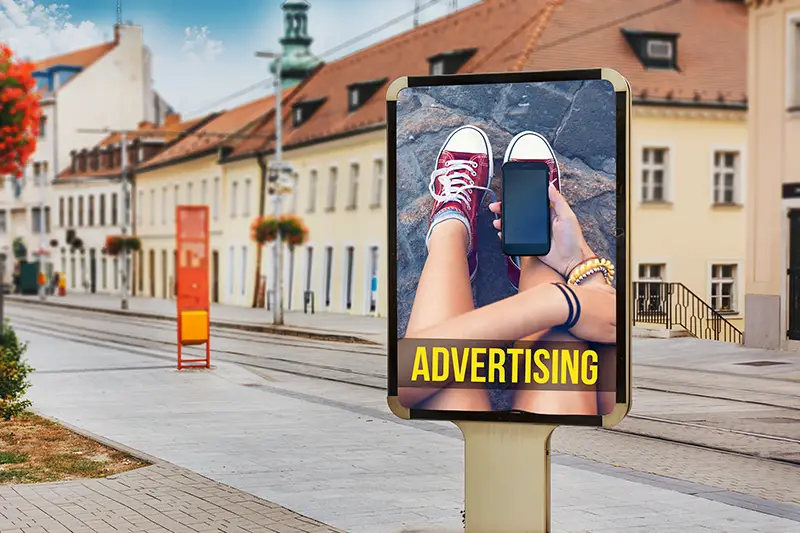Click here to get this post in PDF
Small businesses have always had to be creative and resourceful with their advertising efforts. With the rapid advancements in technology and changes in consumer behavior, it’s more important than ever for small businesses to stay on top of the latest trends in advertising. Here are five major trends that small businesses should be aware of:
Influencer marketing
Influencer marketing is a form of marketing in which small businesses partner with social media personalities to promote their products or services. Influencers have built a large following on social media platforms, and they can reach a specific target audience. For example, a small fashion boutique could partner with a fashion blogger to showcase their products on Instagram.
Content marketing: Content marketing involves creating and sharing valuable content to attract and engage a specific target audience. Small businesses can use content marketing to establish themselves as experts in their field and build trust with their customers. For example, a small appliance repair service could create a blog that provides tips and tricks for maintaining and repairing appliances.
Video Marketing
Video marketing is becoming increasingly popular as a way for small businesses to reach their target audience. Videos can be used to showcase products or services, tell a brand story, or provide educational content. For example, a small bakery could create a video that shows how their cakes are made from scratch.
Social media advertising
Social media platforms like Facebook, Instagram, and Twitter offer small businesses cost-effective ways to reach a large audience. Small businesses can use social media advertising to target specific demographics and interests. For example, a small pet grooming business could use Facebook ads to target pet owners in their local area.
Programmatic advertising
Programmatic advertising is a form of digital advertising that uses algorithms to place ads automatically on websites and apps. Small businesses can use programmatic advertising to target specific demographics and interests. For example, a small home renovation company could use programmatic advertising to target local homeowners interested in home renovation.
Virtual Reality and Augmented Reality
With the growing popularity of virtual reality and augmented reality technology, small businesses have started exploring ways to use these technologies to create immersive and engaging customer experiences. For example, a small furniture store could use virtual reality technology to allow customers to visualize how a piece of furniture would look in their home before purchasing it.
In conclusion, small businesses have to stay on top of the latest trends in advertising to stay competitive in today’s market. From influencer marketing to virtual reality, small businesses have various options to reach their target audience and stand out. By understanding these trends and incorporating them into their advertising strategy, small businesses can take advantage of the opportunities technology offers to grow their business.
About the Author
Venkata Bhonagiri is currently serving as Senior Partner, Group Director, leading the strategy and analytics practice at Mindshare in Chicago. He has over 13 years of experience in media strategy, insights, and analytics. He developed, integrated, and scaled core service offerings, including business planning within Mindshare. In his current role, Venkata spearheaded multi-channel data-driven planning, marketing, and implementation of bespoke global media solutions for major brands such as Kimberly Clark, Ferrero and Discover and supported businesses across verticals including CPG, B2C & B2B, Tech, FinServ, Travel, and Insurance sectors. To reach Venkata, email: venkata.bhonagiri@mindshareworld.com.
You may also like: Value of Advertising and Branding
Image source: Shutterstock.com


